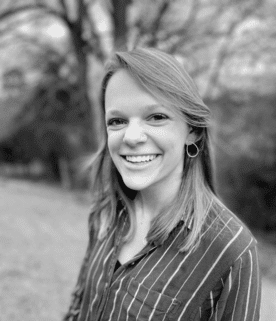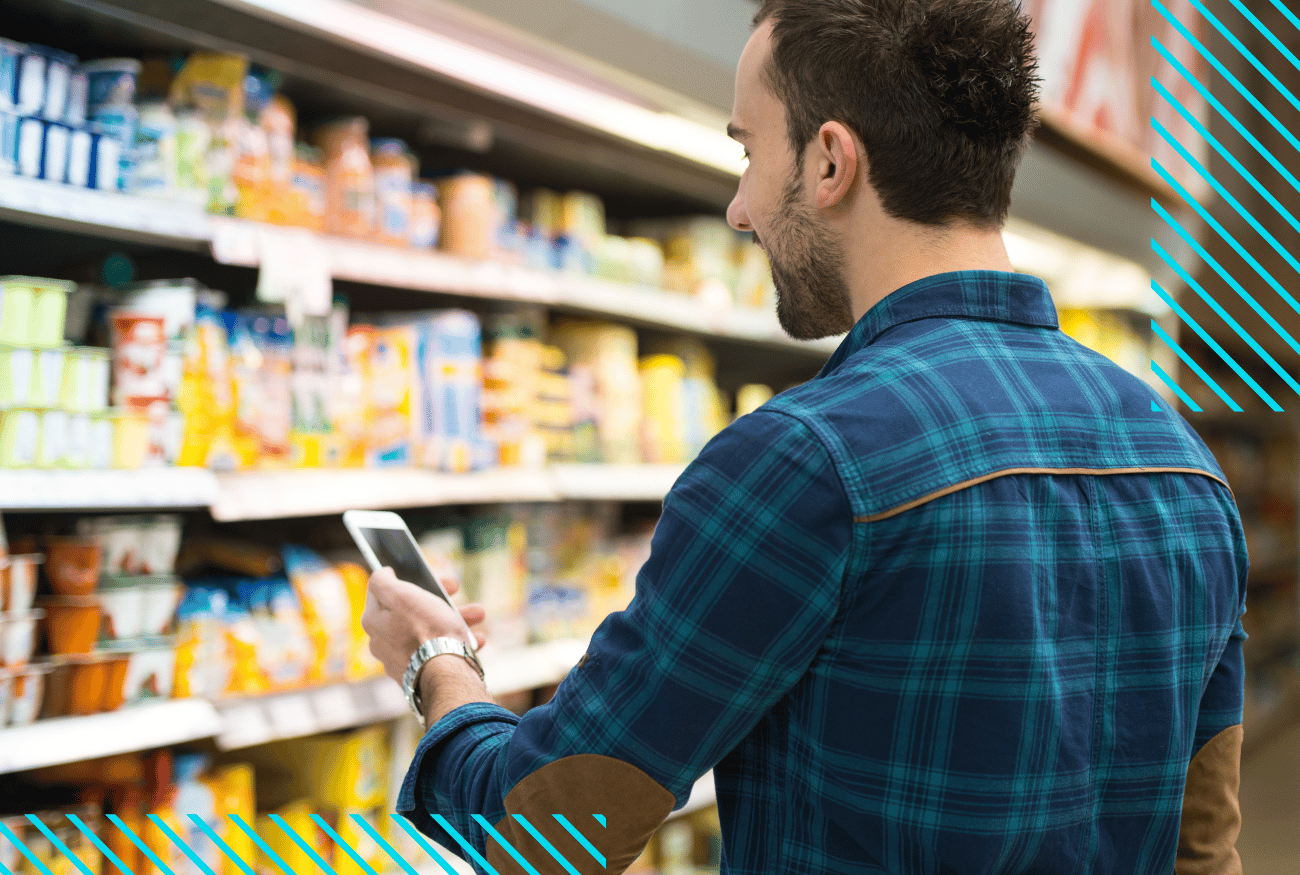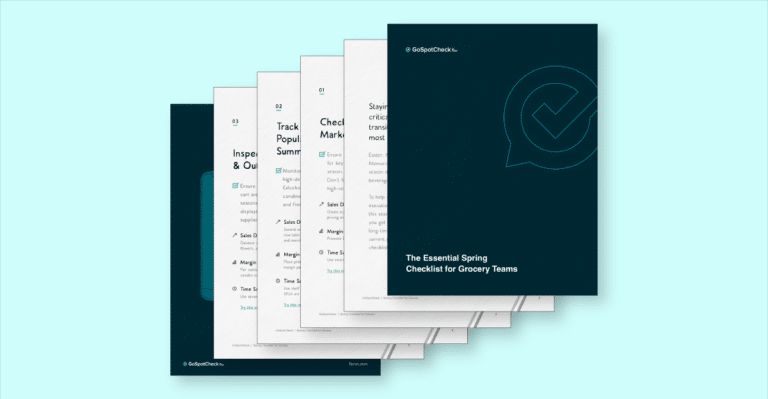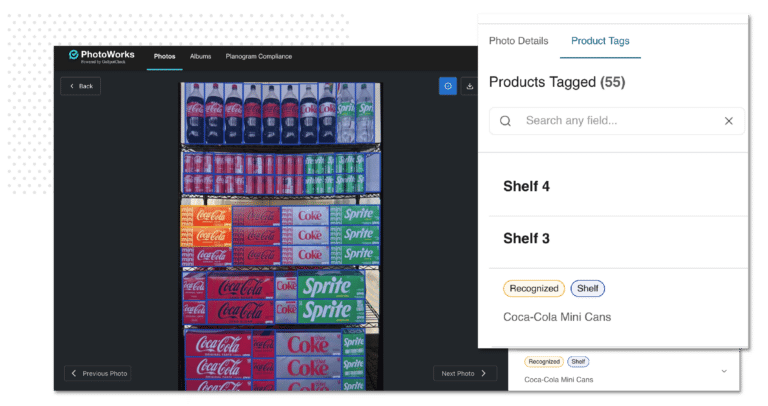How Does Image Recognition AI Monitor Retail Product Placement?
Nearly everyone is familiar with the three most important factors to consider when buying property: location, location, location. However, what most people don’t realize is that this adage is also relevant to retailers and in-store product placement. After all, the space on the shelves of a grocery store is extremely valuable real estate itself.
With over 50% of all grocery store items bought on impulse, it’s essential for CPG brands to have their products in the right location so they get seen by shoppers. Most buyers are easily influenced by psychology (attractive, striking packaging) and convenience (eye-level and grab-level), so understanding proper product placement can help brands drive sales and maximize profits.
When grabbing products both on (and off) their lists, many shoppers may not even realize the strategy that goes into item placement on store shelves. In the retail industry, product placement is a science, and CPG brands focus a lot of their efforts on developing, executing, and testing product placement strategies. One of the ways they do this is through Image Recognition software, which delivers real-time analytics into everything from aisle to checkout. Read on to discover how today’s brands are using image recognition technology to track and optimize in-store product placement.
What is In-Store Product Placement?
Retailers analyze in-store product placement to determine where and how products are positioned and displayed throughout the store. Retailers and merchandisers use tools like planograms (POGs), which are visual diagrams of shelving, to help them arrange products. Stores will arrange shelves based on capacity, lighting, and category, but what is taken into the most consideration is what products will sell the most and which brands offer incentives and insights proving why they deserve prime shelf space.
POGs should help stores generate shelves that are attractive AND effective. According to Neilsen, shelves should follow the SMART method:
- Shopper-Friendly
- Maximizes Sales and Profits
- Avoids Out-of-Stocks
- Reduces Operational Inefficiencies
- Triggers Experimentation
However, because planograms often pass through merchandisers, brand managers, and retail teams, compliance can never be assumed or guaranteed. Many teams are adopting realograms, which represent the actual state of the shelf. By cross-referencing the realogram with the intended planogram, teams can identify areas of misalignment and misexceution and work toward perfect execution.
Why Placement Matters
Not all shelving is created equal, so it’s essential to arrange products in a way that promotes purchases. You may have heard the phrase “eye-level is buy-level,” but there is much more that goes into planogram planning and product placement. After all, eye-level for an adult is different than eye-level for a child. (Yes, this matters—how many times have you seen a child pick up an item and place it in the cart unnoticed?)
There are other tricks and placement strategies that retailers use to optimize sales, including:
Placing Complementary Items Side by Side: Also known as adjacencies, complementary product pairings make the shopping experience easier for the customer (placing peanut butter and jelly on the same shelf) but are also used to encourage additional purchases (placing sodas by the salty snacks).
Placement of Essentials: Staple items—like bread, eggs, and milk—are typically placed at the back of the store.
Bigger Items on Bottom Shelf: Eye-level isn’t always the best spot for every product. Heavy items, like boxes of cat litter or cases of soda, tend to sell better on the bottom shelf where shoppers can more easily pick them up.
Premium Items on Top Shelf: Items on the higher or top shelves can portray a sense of quality and value. The same status that the “top-shelf” label brings to liquor can also work for hot sauces, chocolate bars, or spices.
Going Beyond the Shelf
Product placement at retailers doesn’t always have to indicate how items are arranged on the shelves. It also takes into consideration the schematic design, or how items are arranged within the entire store: on endcaps, seasonal displays, coolers and cold boxes, POS displays, and the overall store layout. For example, stores typically place staple items—like bread, eggs, and milk—at the back of the store so shoppers have to walk past all the other grocery items twice.
Why is Tracking Product Placement Important?
Tracking retail product placement is essential in creating a shopping experience that is both enjoyable for the customer and profitable for the retailer and brands.
In-store product placement is especially important for fast-moving consumer goods (FMCGs). These inexpensive, everyday items often have short shelf lives, which means the stock needs to move through stores at a rapid pace. Where (and if) these items are placed on the shelf can make or break reaching your sales goals and ensuring customer satisfaction.
Because of supply chain issues and lingering COVID-19 impacts, grocery shoppers saw an out-of-stock rate of 31% in April 2022. Empty shelves can have a detrimental effect on retailers—39% of consumers have admitted to leaving a store without purchasing anything due to out-of-stocks, while some reports estimate that retailers could be missing out on nearly $1 trillion in sales because they don’t have what customers are looking for in-store.
Out-of-stocks is one of the reasons why monitoring product placement is so important, but there are many others as well. In general, strategic and effective retail product placement can boost brand recognition, enhance customer engagement, and maximize sales. But to develop and implement an effective strategy, teams need SKU-level insights into what is happening on the shelf. Teams can now gather this data quickly and easily with machine learning technology like image recognition.
The Role of Image Recognition in Product Placement
Monitoring product placement manually can be tedious and error-prone, even for the most efficient of teams. By using digital technologies to execute and track shelf placement, field teams and central offices can gain visibility into every shelf at every store. With AI-powered image recognition, teams can also gain literal visibility into product placement, merchandising, and planogram compliance by viewing photos in real-time.
Image recognition helps teams execute in-store product placement by automating traditional processes and delivering relevant, high-quality, actionable data. Image recognition helps retail teams:
- Analyze more facings faster
- Identify out-of-stocks
- Get higher-quality and more in-depth data, including brand, product, supplier, SKU, packaging type and size, facing orientation, and more.
- Discover trends in real-time
- Spot and seize selling opportunities
Image Recognition by FORM
Image Recognition by FORM is the world’s first mobile task management app fully integrated with image recognition technologies. Field teams can snap a photo with guided grid capture and our AI automatically detects and tags products and delivers SKU-level insights on share of shelf, positioning, compliance, and out-of-stocks—all within minutes. Data is sent to internal stakeholders across the organization and can be organized and filtered with smart photo reporting. With this information, teams can not only optimize product placement at the supermarket, but can also identify market trends, competitor insights, and more—all while saving time and driving sales.
Currently, 37% of organizations are using AI technologies to improve processes and productivity, with that number only expected to grow. Are you looking to adopt image recognition AI for your organization, but aren’t sure where to start? Check out our interactive product tour of Image Recognition by FORM and see for yourself how to drive execution in the field.




